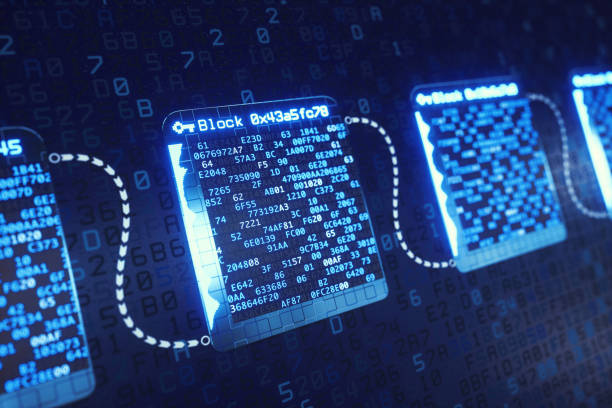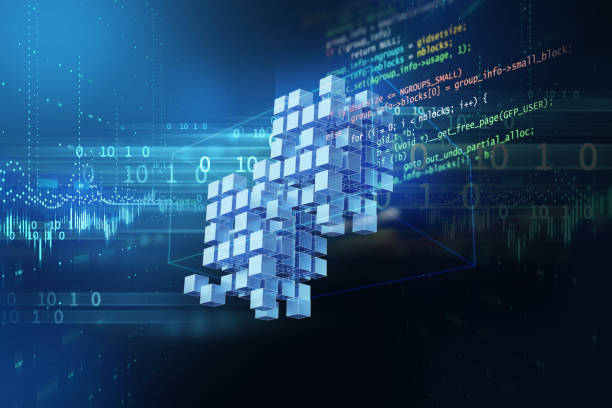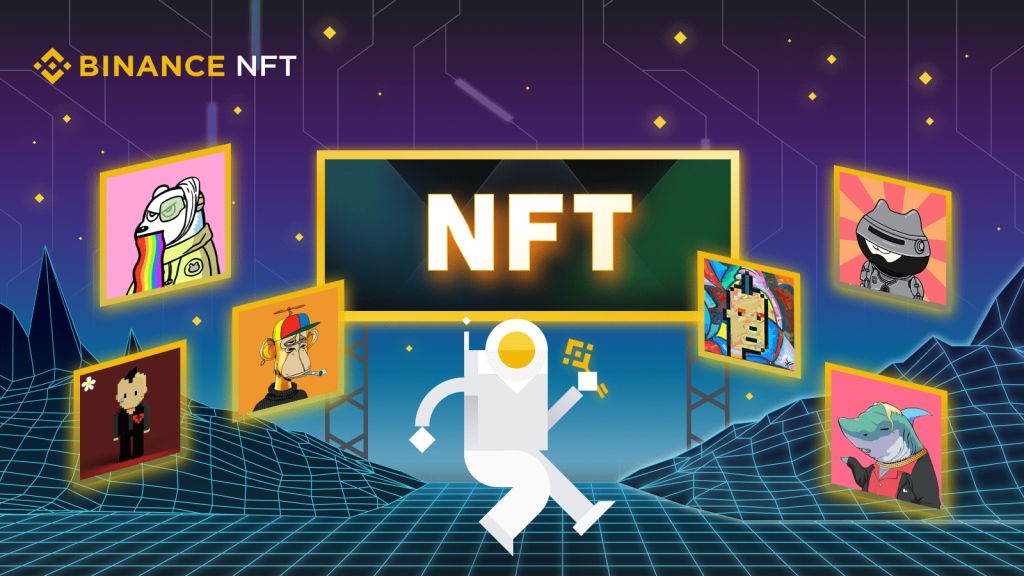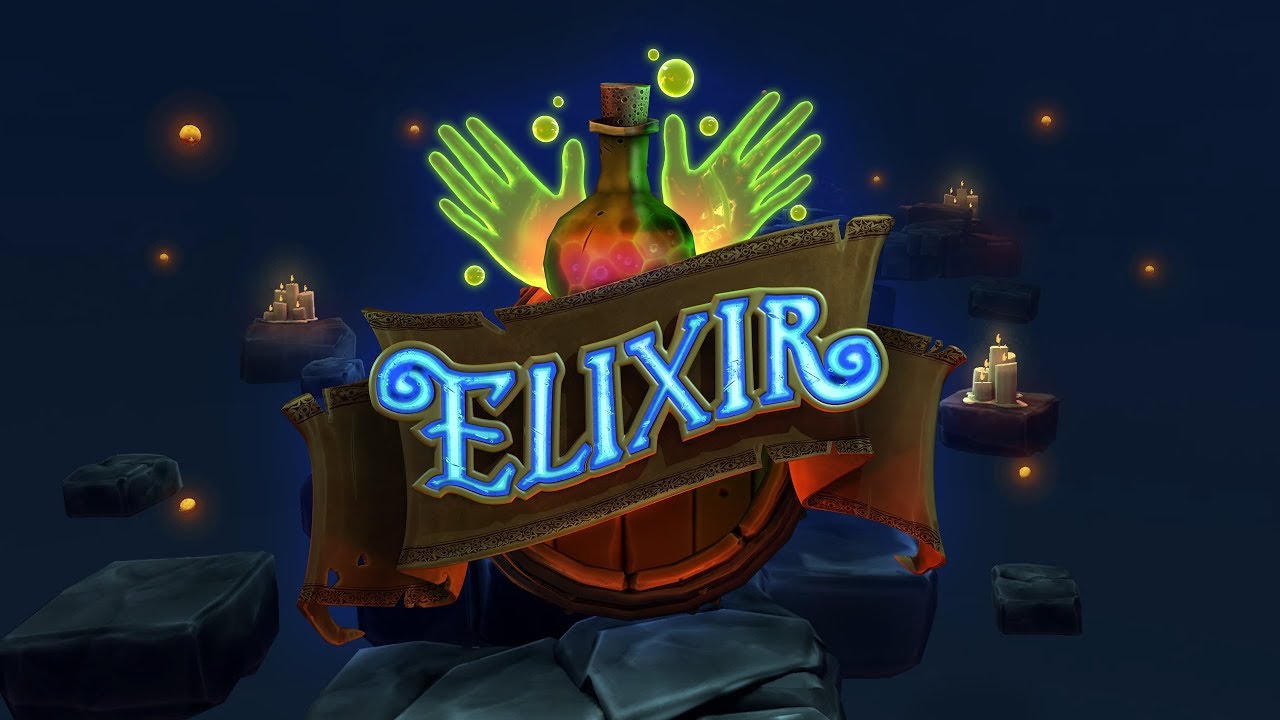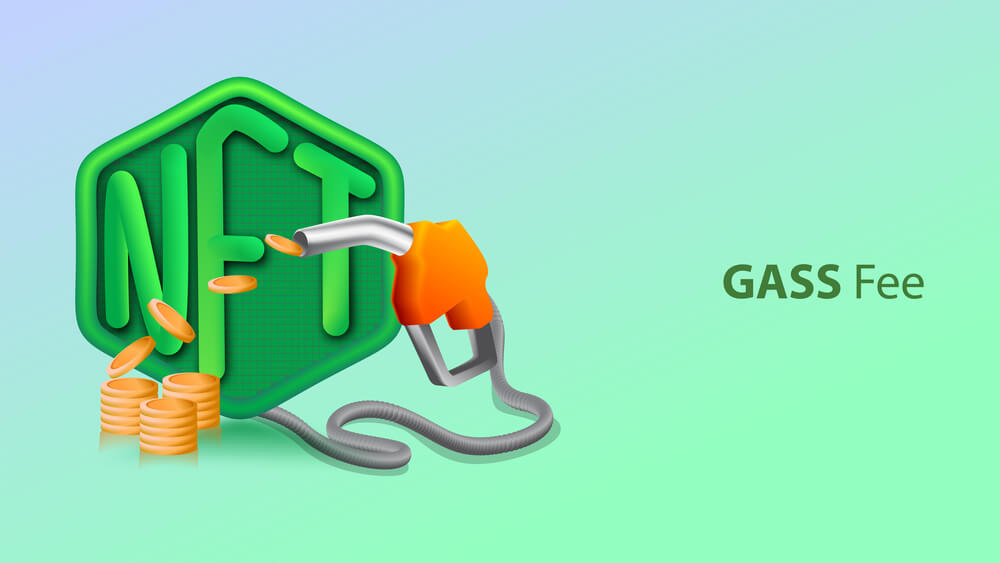Blockchain technology is the bread and butter for many innovative industries. Many scientists can now utilize blockchain innovation tools such as smart contracts and non-fungible tokens to improve scientific endeavors within different spaces.
Scientists today integrate blockchain through a non-fungible token (NFT), metaverse, and Web3 technologies to improve scientific research. This decentralized science “DeSci” movement allows the formation of a new interface layer for a modern Scientific Revolution.
Decentralized Science Explained
Decentralized science allows broad participation and funding when approaching scientific challenges or democratizing various peer-to-peer review processes. DeSci also creates a standard for research storage with the proof of existing technology.
Just like many financial blockchains, such as Bitcoin, verifies transactions for miners, participants in many blockchain networks can also verify the authenticity of scientists in research.
Interestingly, blockchain-based peer review ecosystems have become transparent, with credibility in research distributed even to pseudonymous participants. Scientists might receive rewards for participating in a research or attracting more communities to contribute.
According to Dr. Benjamin H Bratton, an American sociologist, architectural, and design theorist, decentralized science makes possible the development of platforms that empower more people to work with the “source code of matter” at a fundamental level.
Professor Bratton further argues that democratizing science through decentralized science allows establishment of a new kind of interface layer for a modern Scientific Revolution, adding:
“We saw this happen with computers, and we believe it could happen with science generally. At the beginning of the computer revolution, software was difficult to work with. Very few understood the rarified technologies, which, over time, became increasingly intuitive and simplified — thanks to different levels of abstraction — and therefore allowed more people to become valuable contributors.
Some of the technologies that made this possible include Javascript and helpful packages developed to make coding more efficient. At a lower level of abstraction, there is a technology such as ‘WordPress,’ that allows people who don’t understand software or coding to set up their website.”
Blockchain Tech Integration In Science
Blockchain-related techs, including NFT, metaverse, and Web3, have a significant impact on the economy of a platform. In this case, they democratize access to scientific collaboration. Uber and Airbnb are perfect examples of world-changing projects.
However, the economics of such a platform is a new field of research, and it is even pushing game theory as an academic discipline. This process began with Bitcoin and has spread to Ethereum and dozens of other blockchains.
For many years, web platforms and apps acted as centripetal in value creation. In this case, the more they are used, the more builders realize the platform’s value. But interestingly, the rapidly evolving blockchain today provides a more equitable mechanism that allows more people who participate in any given platform to get back something from the platform.
The newly integrated decentralized science is different from an IP platform. The more it is used, the more the platform benefits, and its value consolidates. But, in the case of DeSci, people generating value, such as the researchers, the scientists, and the citizen scientists, will gain value, in line with their contributions. In this case, the more it is used by other researchers, the more value they receive.
Nonetheless, DeSci’s application to basic science and math research results in a considerable impact. The integration creates new ways of contributing and collaborating, which were impossible before blockchain technology.
While commenting about blockchain integration in basic science research, Bratton explained:
“If you have knowledge or understanding that is valuable intrinsically and as a component of a larger project (you might not even know what that project is), someone else may make use of your contribution, and you can be recognized for it, and earn residuals from that contribution on into the future.”
Non-fungible tokens will play a significant role in the future of metaverse and scientific research. Notably, several universities have already adopted non-fungible tokens in their scientific research processes.
The University of California, Berkeley, is a perfect example. Berkeley successfully auctioned its NFT art relating to the world of Nobel-prize winning cancer researcher James Allison for more than $50,000.
A few weeks ago, the United States Space Force, a branch of the U.S Armed Forces, launched a series of non-fungible tokens featuring augmented-reality images of satellites and space iconography.
Furthermore, Nebula Genomics, a company owned by a biology pioneer and geneticist at Harvard University in Cambridge, George Church, recently announced that it is selling an NFT of the church’s genome arts.
In the meantime, blockchain technology is a viable resolution for sensing, indexing, and calculating value. However, there are burgeoning use cases for NFTs in science; hence it is now upon DeSci organization to take advantage of their merit, quality, and effectiveness in improving scientific research.



